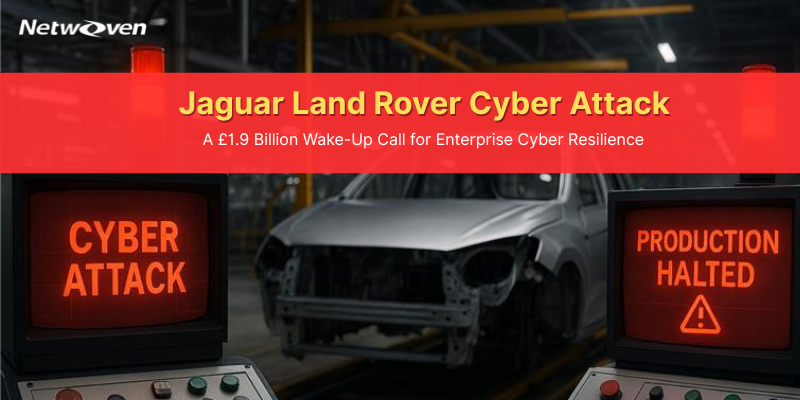Introduction:
“If data is the new oil, Semiconductor is the new steel,” says James Andrew Lewis, Sr. Vice President & Director of Strategic Technologies Program at CSIS. It is now clear that we are living in a semiconductor world, and this requires semiconductor companies to pursue new opportunities to grow.
Semi-conductor Industry & Data Protection
The Semiconductor industry is broadly categorized into the following segments:
- Design Firms – Companies like Apple and Marvel are design firms and are fabless
- Foundries – Companies like TSMC and Samsung are foundries that manufacture the chips based on designs provided by design firms.
- Integrated Device Manufacturers (IDMs) – Companies like Intel and Microsoft are IDMs. They do design and manufacturing.
- OSATs – Companies like ASE and Amkor are OSATs. They do the backend work once the manufacturing is complete by the foundries.
- Equipment Manufacturers – Companies like ASML and Lam Research belong to this category. They provide the sophisticated machinery for foundries to manufacture the chips.
Regardless of the segment, Intellectual property is the lifeblood of the industry and needs to be protected to maintain the leadership position. Netwoven has identified the following trends posing significant data protection challenges for the semiconductor industry:
Boundary-less collaboration between internal and external entities to innovate
To innovate, organizations must collaborate with universities, other organizations, and other research centers. This opens the door for sharing of sensitive content in the form of emails and documents that require protection. The traditional methods of protecting via groups in Directory services only protect access to the workspace but once the files are downloaded, they are no longer protected and are subject to leakage and theft.
Supply Chain Security
Semiconductor supply chains are complex and spread across the globe. For suppliers to produce the product, designs must be shared with the suppliers. There are no protections applied to these designs and can be leaked to suppliers and competitors easily resulting in supply chain security challenges.
Increased M&A Activities
M&A activities require organizations to share confidential information amongst the entities and advisors. This information must be safeguarded. Organizations typically obtain subscriptions to Virtual Data Rooms (VDRs) to perform M&A activities. These VDRs are secure repositories in the cloud offered by third-party companies. While VDRs serve the purpose of data protection, the data remains outside the organization in another repository, not governed by the organization’s governance policies.
Ongoing Cyberattacks from across the world
Cyberattacks are more prevalent in semiconductor organizations as state actors are trying to gain access to valuable IP. Data security is the last line of defense ensuring that even if organizations have access to the data, they are unable to get access.
A data protection strategy is a mandatory strategy for the semiconductor industry. It requires the entire value chain to embrace data protection for the benefit of the entire industry.
Netwoven has worked with the world’s leading semiconductor companies to devise data protection strategies that span internally and externally while minimizing friction during collaboration.
We hope you found this blog useful in understanding the challenges faced by the semiconductor industry in protecting data and Intellectual Property. Please reach out to us so that we can put our decades of experience in Data Security services and the powerful Microsoft Information Protection capabilities to work for your organization’s Digital Transformation.























